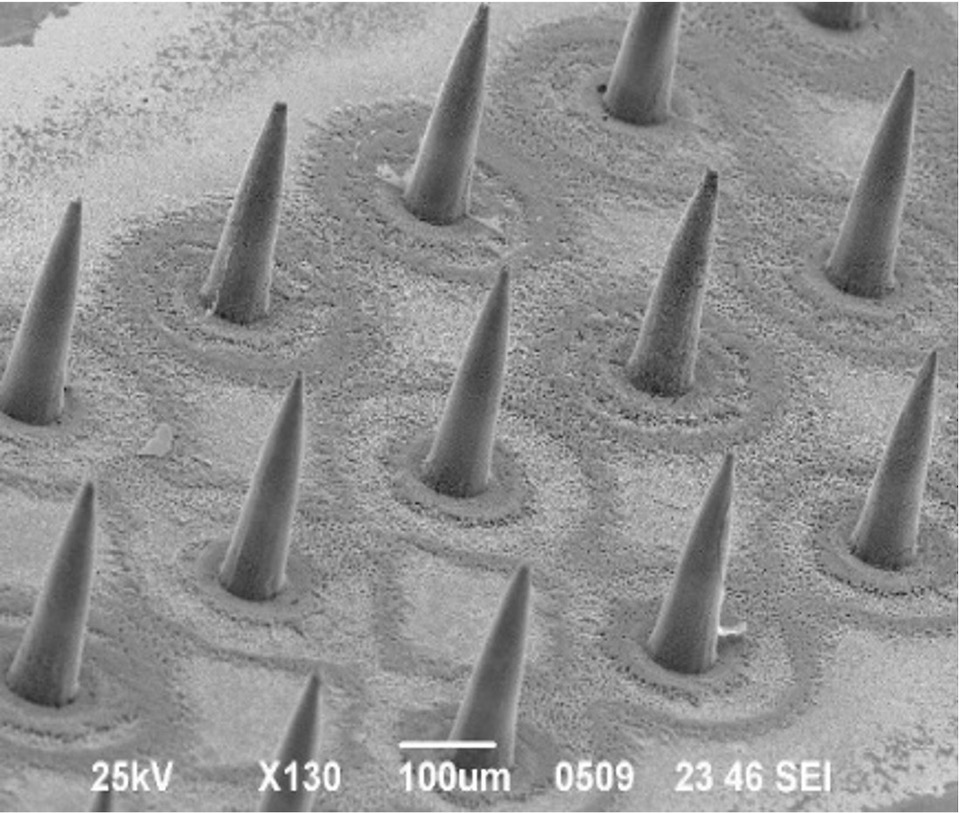
Interposer is one of the most potential solutions for future 3D integration with ultrafine pitch. Silicon interposer has been developed in both industry and academia. However, silicon interposer has limitations, such as low productivity due to limited wafer size, extra expensive semiconductor fabrication processes, and poor electrical properties like insert loss and signal crosstalk. On the contrary, glass can be one kind of promising material as an interposer because of its excellent properties, such as good electrical resistivity, relatively low CTE compared to organic material, and possible high productivity with big panel sizes provided by glass suppliers.
Recent research studies have mainly focused on three challenges in glass interposer technology: (1) formation of the fine pitch via, which is more difficult than through silicon via (TSV) due to the unfavorable etching process ; (2) via metallization and via filling process, which become much more complicated because of the rough morphology of TGV surface, and difficulty to fill the tapered via through Damascus electroplating; (3) reliability concern, which is caused by brittleness and poor mechanical strength of glass.

